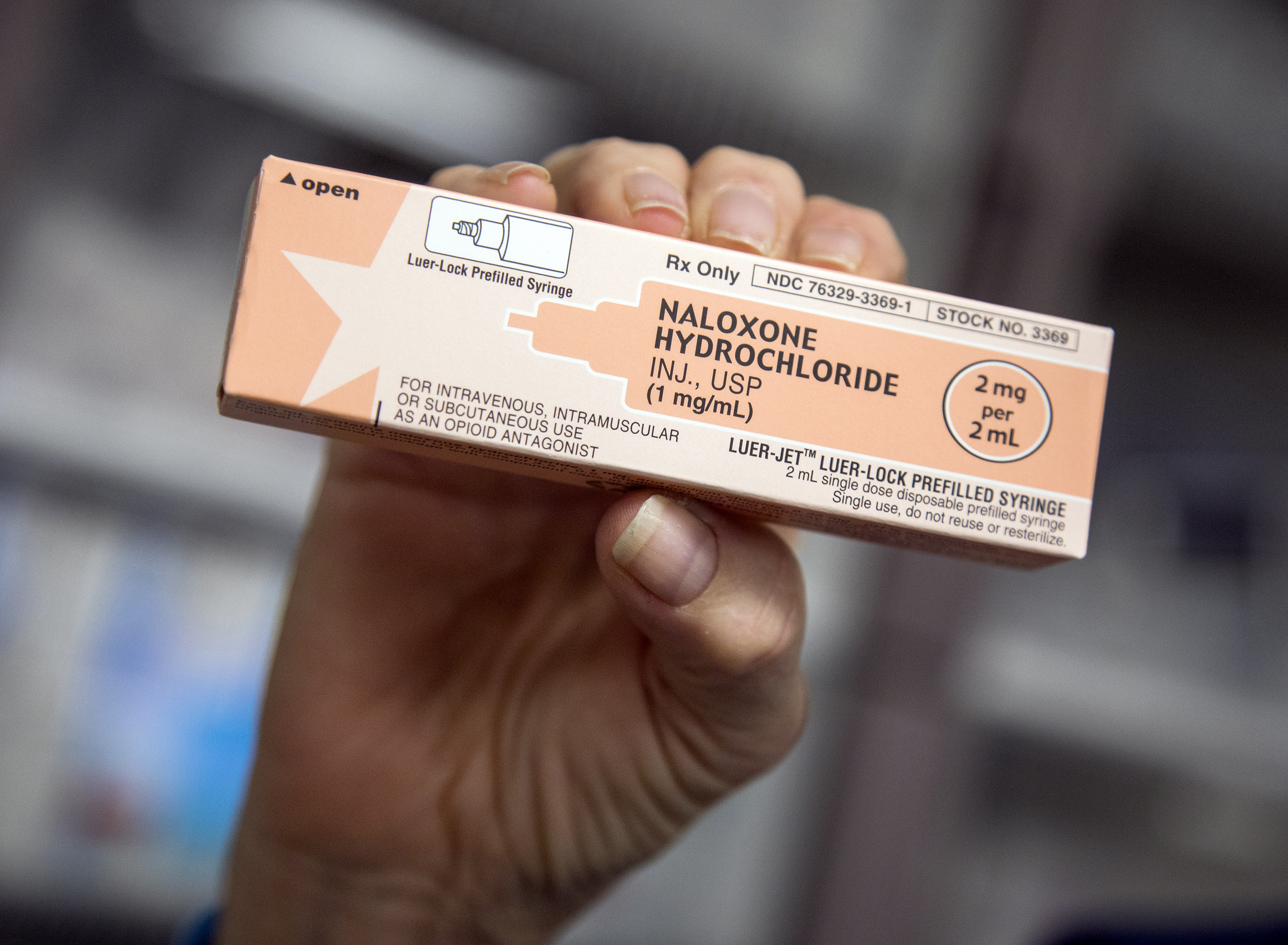Rising teen drug overdoses have advocates pushing for ‘reality-based’ approaches

A concerning 94 percent rise in overdose mortality rates among older teens from 2019 to 2020 has prevention advocates changing how they approach talking to teens about substance abuse.
Even with illicit drug use rates declining overall in that survey, the old tactics of using fear and zero tolerance policies tend to encourage more risky behavior, according to Sara Cerruto-Jacobs, director of training and education at the nonprofit Foundation for Recovery.
Instead, using an honest approach to encourage moderation, teach about the consequences and prioritize safety can be more effective in preventing overdoses.
“Even if they're at a time in their lives when they're most likely to challenge authority or to try to push the line right over the edge, teenagers are still capable of making rational decisions and they can best do that if they have the information that they need,” Cerruto-Jacobs said during a Thursday presentation at the Southern Nevada Substance Misuse and Overdose Prevention Summit.
The summit is coordinated by the Southern Nevada Health District and a host of other organizations focused on substance abuse and overdose prevention. Its theme this year was “Uniting the pillars of community response to substance abuse.”
Cerruto-Jacobs said that parents and family members set the example for teenagers when responsibly drinking alcohol or taking prescription medications and talking about the dangers and consequences in a fact-based manner.
She used sex education as an example. The transition to a “reality-based” sex education curriculum resulted in teen pregnancies significantly decreasing, Cerruto-Jacobs said.
“The situation in the ‘80s was very much like ‘Just say no’ … Teens were still having sex, getting pregnant, there were STDs going around,” she said. “But changing the approach to ‘You should not have sex but if you choose to have sex at your age, this is how you can stay safe,’ and we see teenage pregnancy rates went down, abortion rates went down, there was an increased likelihood that teenagers would use protection if they chose to have sex … And the same could be true with drugs.”
According to the 2021 Nevada Youth Risk Behavior Survey, a biennial, anonymous, and voluntary survey of high school students, about 30 percent of the nearly 5,000 students that participated in the survey have used marijuana but just 15 percent used it in the past month.
The survey also found that about 16 percent of students said they have taken a prescription pain drug without a doctor’s order, about 3 percent said they have used heroin, nearly 4 percent said they have used cocaine and 5 percent said they’ve used ecstasy.
Despite the statistics, about 92 percent of teenagers choose to refrain from frequently using illicit substances — only using them occasionally or in a social setting — Ron Schnese, a peer support specialist with Foundation for Recovery, said during the presentation.
“We say this not to minimize how scary teenagers using substances is, but because it's important to focus on the fact that most people who use substances never develop a substance use disorder,” Schnese said. “Most people — teenagers included — are able to use substances without ever becoming addicted.”
The dangers of overdoses may lie in the increase of fentanyl-laced pills. According to the Drug Enforcement Administration, 6 out of 10 “fake prescription pills” it analyzed contained a potentially lethal dose of fentanyl — an increase from 2021, when a similar analysis found lethal amounts of the drug in 4 out of 10 pills sampled.
Cerruto-Jacobs said encouraging teens to use fentanyl test strips, which can be used to detect fentanyl in drugs such as cocaine, methamphetamine and heroin, can help reduce the risk of overdose. She added that teaching teens how to identify when someone is overdosing and educating them about the state’s Good Samaritan Law, which prevents punitive actions against any person who calls 911 to assist someone who may be overdosing, can save lives.
“It's unreasonable to expect teenagers will simply choose not to experiment with substances,” Schnese said. “We cannot expect them to just say no. Right now their brains are actually wired to challenge authority. Reality-based education would sound a little more like ‘You should say no. But if you choose to say yes, this is how you stay safe and alive.’”
